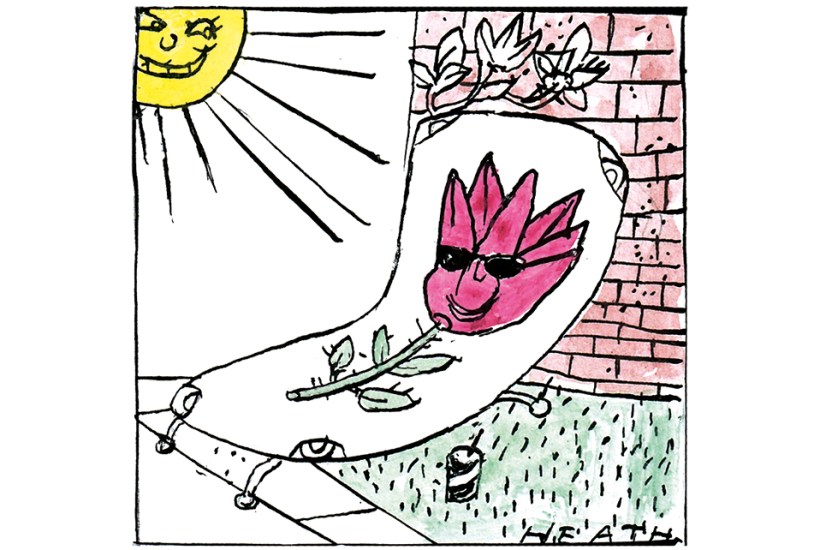Last week’s news that a mature magnolia tree had been felled in a suburb of Poole, Dorset, because wood decay made it a threat to nearby houses, will have touched the hearts of gardeners everywhere. For, in the words of the plant collector E.H. Wilson, after whom Magnolia wilsonii is named, magnolias are ‘aristocrats of the garden’.
Already a subscriber? Log in
Subscribe for just $2 a week
Try a month of The Spectator Australia absolutely free and without commitment. Not only that but – if you choose to continue – you’ll pay just $2 a week for your first year.
- Unlimited access to spectator.com.au and app
- The weekly edition on the Spectator Australia app
- Spectator podcasts and newsletters
- Full access to spectator.co.uk
Or
Unlock this article
You might disagree with half of it, but you’ll enjoy reading all of it. Try your first month for free, then just $2 a week for the remainder of your first year.








Comments
Don't miss out
Join the conversation with other Spectator Australia readers. Subscribe to leave a comment.
SUBSCRIBEAlready a subscriber? Log in